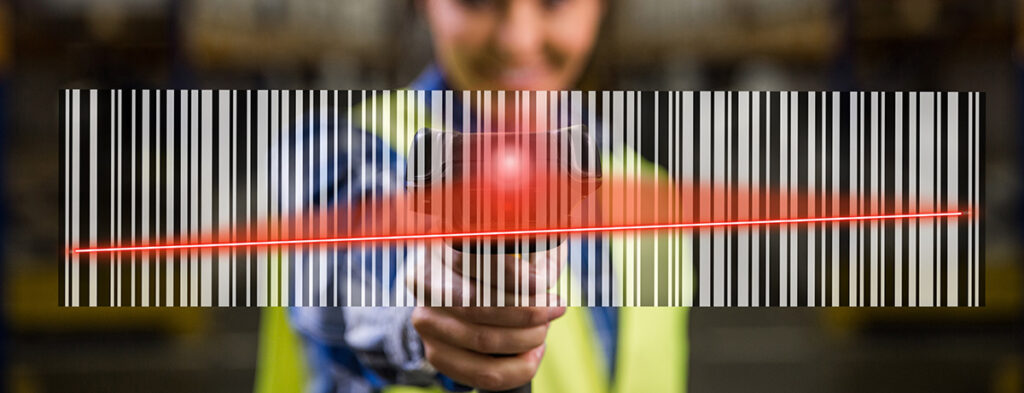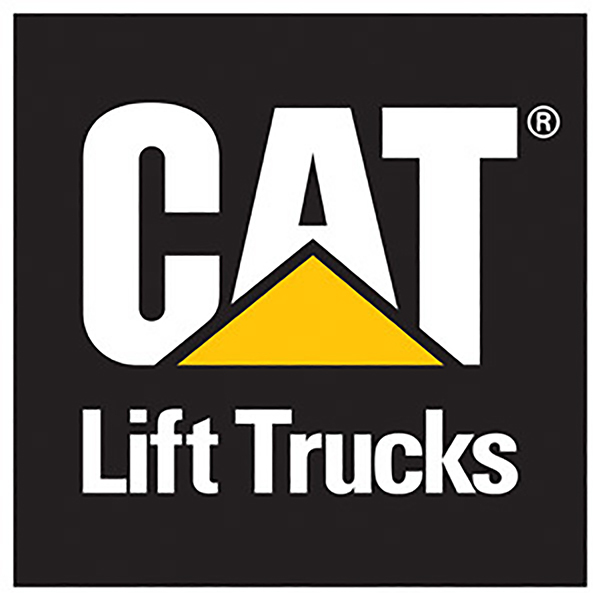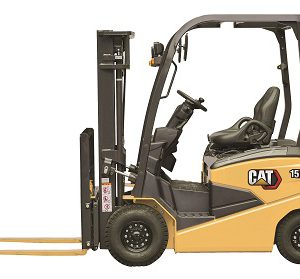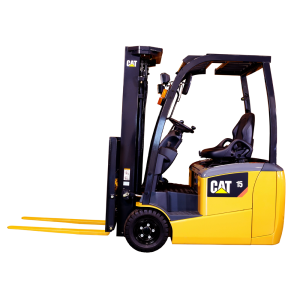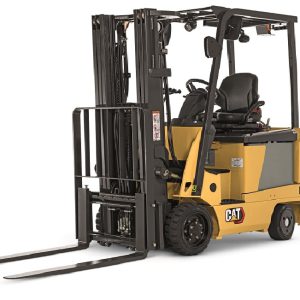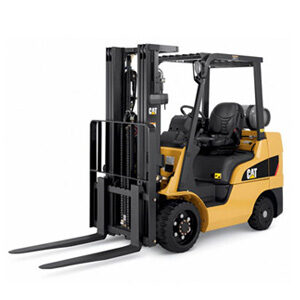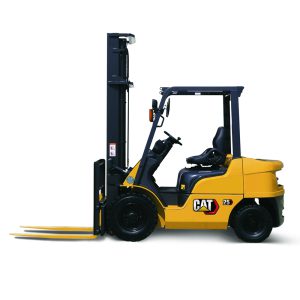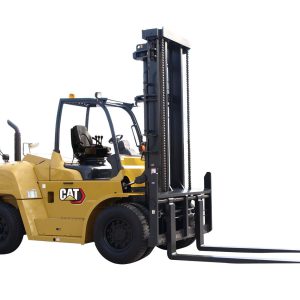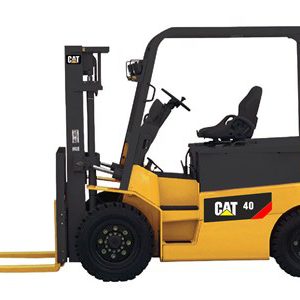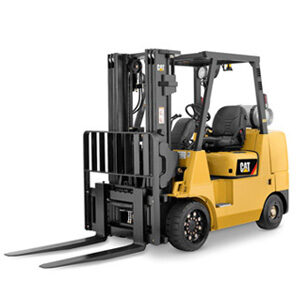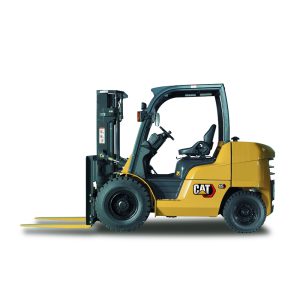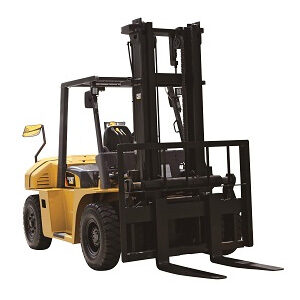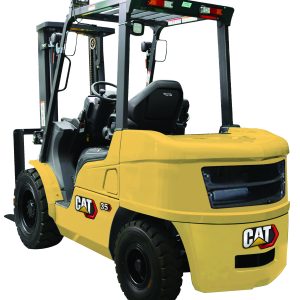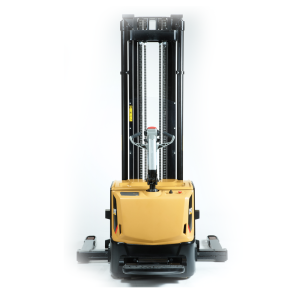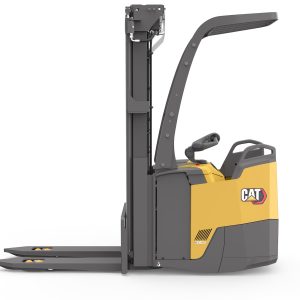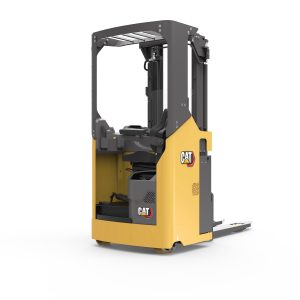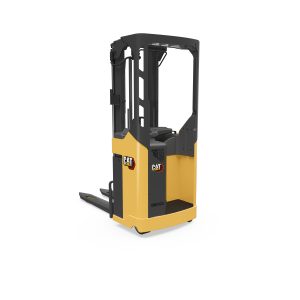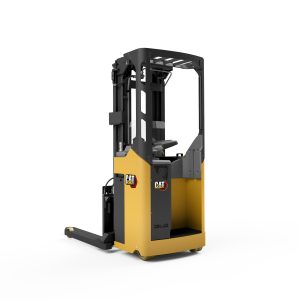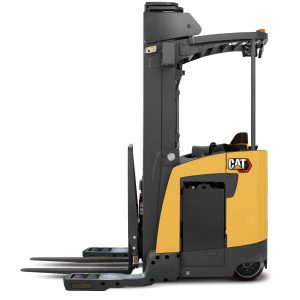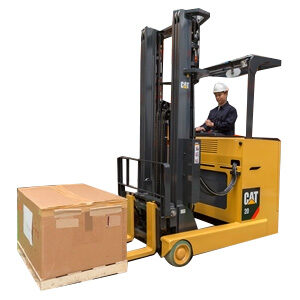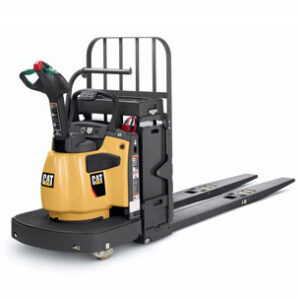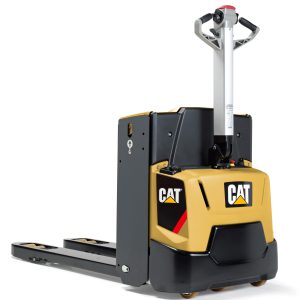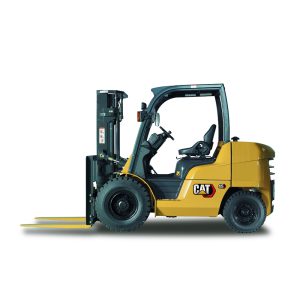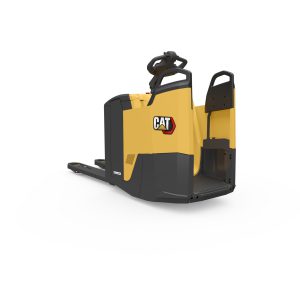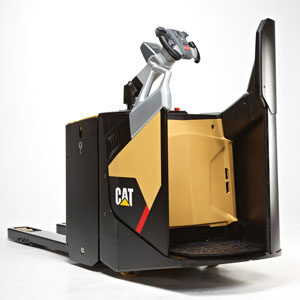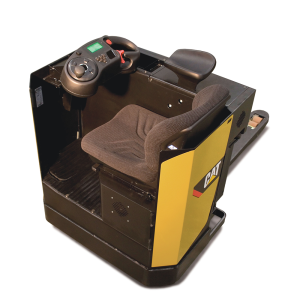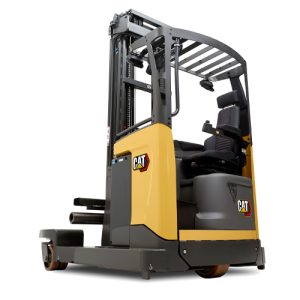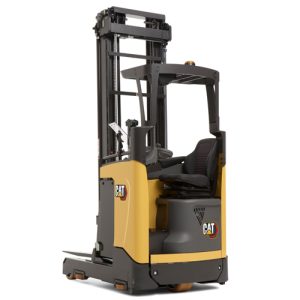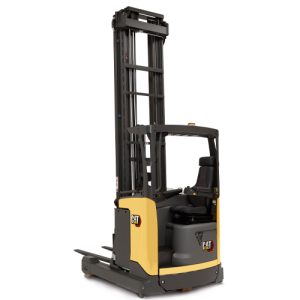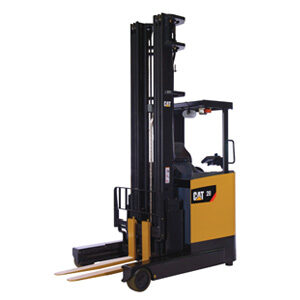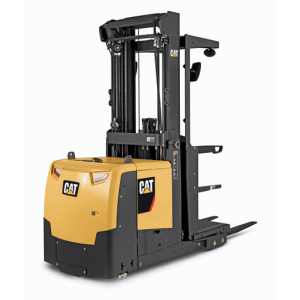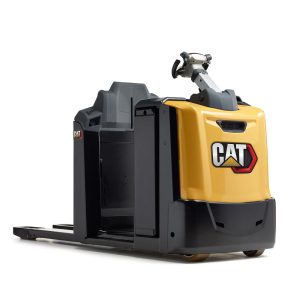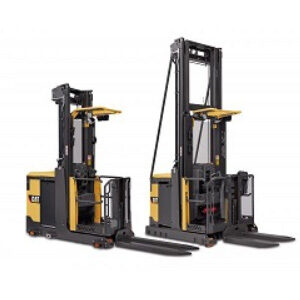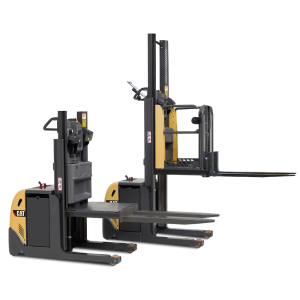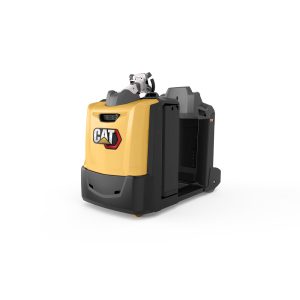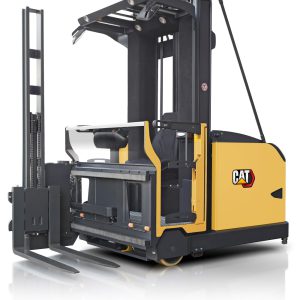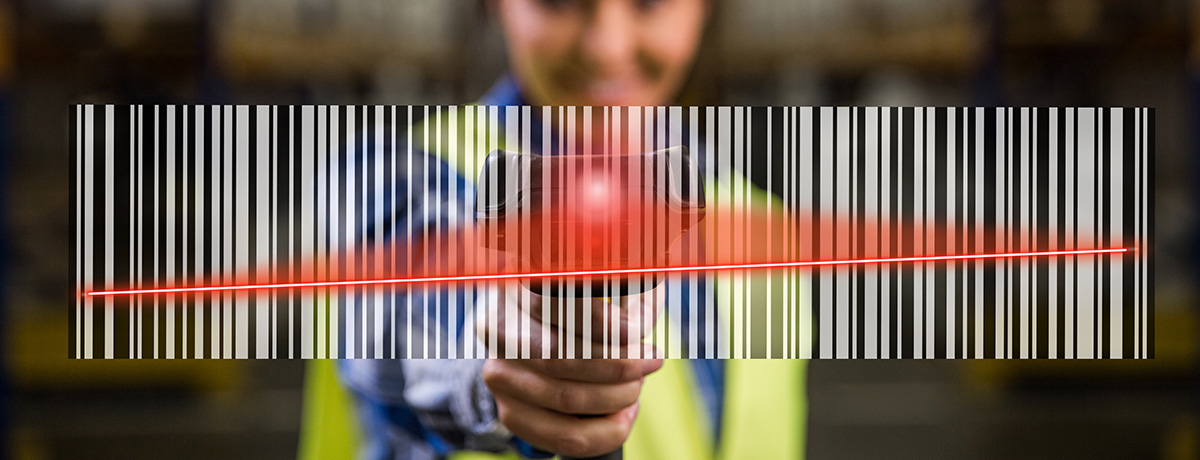
Time is money
31/03/2021
Advanced scanners and order pickers boost warehouse efficiency
Of all the processes in a warehouse operation,order picking is often the most expensive in terms of employee time. Mark Nicholson looks at some time-saving advances in scanning technology and order picker truck design which promise improved profits through faster work flow.
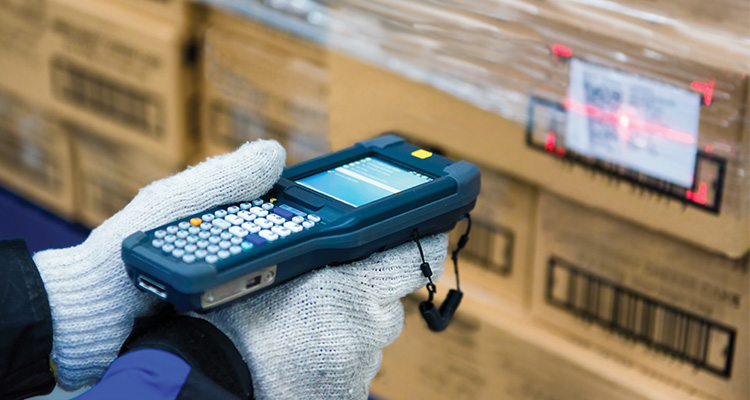
A drone with a scanner can save a lot of time in stocktaking.
For decades, barcode labels have been used to attach essential information to products and packages in warehouses. They make it easy for order picking staff, with the aid of a hand-held scanner, to check they are collecting the correct items. Additional checks of both inbound and outbound goods can be made at any stage via their barcodes. In many cases, scanners mounted above a conveyor belt automatically read each label.
A common problem is that sometimes a scanner fails to read the barcode. The item must then be taken out and scanned again. If this fails, someone may have to type in the information, manually, or create and apply a new label. This all takes time. In a warehouse handling thousands of items per day, it soon multiplies into a serious loss.
Workers face similar repeated drains on their time when operating low-level order pickers. In fact, they typically spend more time walking or driving than they do picking. A key aim for the truck designer is to speed up the operator’s movement between picks.
Advanced image-based scanning
Until recently, barcode scanners tended to be based on lasers. Now there is the option of image-based scanning, which uses similar technology to that of a digital camera. Unlike a laser reader, a digital scanner actually captures an image of the barcode. With the help of its software, it interprets that picture and is even able to overcome confusion caused by barcode imperfections.
A laser scanner may fail to read barcodes if they are damaged, distorted, poorly printed, obscured by reflective material or wrongly positioned. An image-based scanner reduces the number of reading failures arising from factors like these.
Occasionally, even an image-based scanner will find a barcode impossible to read. The operator can then look at a real-time image of what the scanner is seeing, and the cause of the problem should be obvious. If it is something like low ink in the printer, it can be quickly corrected. In addition, images may be archived and analysed later, to identify root causes of problems and improve labelling performance. There is also great scope for wider analysis of collected barcode data to inform business strategy.
Compared to their laser-based predecessors, today’s most advanced image-based barcode scanners have other important advantages. They can read barcodes from any direction, instead of requiring labels to be in a particular position and orientation. They can read multiple codes on packages simultaneously. As well as one-dimensional barcodes, composed of light and dark lines, they can read two-dimensional information such as Data Matrix and QR codes. These provide much more data and are certain to play an increasing role in future logistics.
When shopping for any item of warehouse equipment, buyers should consider not just the purchase price but all related lifetime costs.

What’s in the box? Not all barcode scanners are able to read labels in this condition.
Dynamic order picking technology
Clever software has enabled major leaps in the capabilities of order picking trucks as well as barcode scanners. Innovations on the latest NO-N2 low level order pickers from Cat® Lift Trucks include a unique intelligent curve control system. This reacts rapidly and intelligently to the operator’s steering behaviour and travel speed, adjusting sensitivity, cornering speed and angle limitation to meet changing needs. In short, the operator is empowered to drive rapidly between picking points without losing stability.
Operating an order picker involves a lot of starting and stopping. To save vital seconds, the NO-N2’s deceleration rate and stopping distance are programmable. This makes the timing and precise positioning of each stop easy to control. Meanwhile, the truck’s regenerative braking has been optimised to eliminate swaying effects when it stops.
When distances between picks are relatively small, the most time-efficient approach is ‘walk-by-side’ operation. In this mode, which also gives an improved view to the fork ends, the truck is still controlled via the steering wheel but with angles safely limited.
From the walk-beside position, the operator can rapidly return to the truck’s faster ride-on mode using its ‘flying start’ feature. This allows acceleration to begin before he or she steps onto the presence-detecting floor mat. Once onboard, full acceleration is permitted.
No order picking time can be gained by crashing a truck, so various automated safety aids have been added to the control functions already mentioned. Steering control characteristics are modified when reversing, to allow for the operator’s sideways position and one-handed operation. ECO and PRO driving modes can be chosen according to the operator and application. Advanced traction control keeps acceleration smooth and rapid, even on slippery surfaces, while a hill hold function and anti-lock brakes give extra confidence in all conditions.
Along with electronic control technology, there are structural design features which save further time. Order picking frequently requires walking through the truck to pick from each side of the aisle, so the NO-N2’s operator compartment has been designed with wide, unobstructed access, a low step height, a non-slip mat and no tripping hazards.
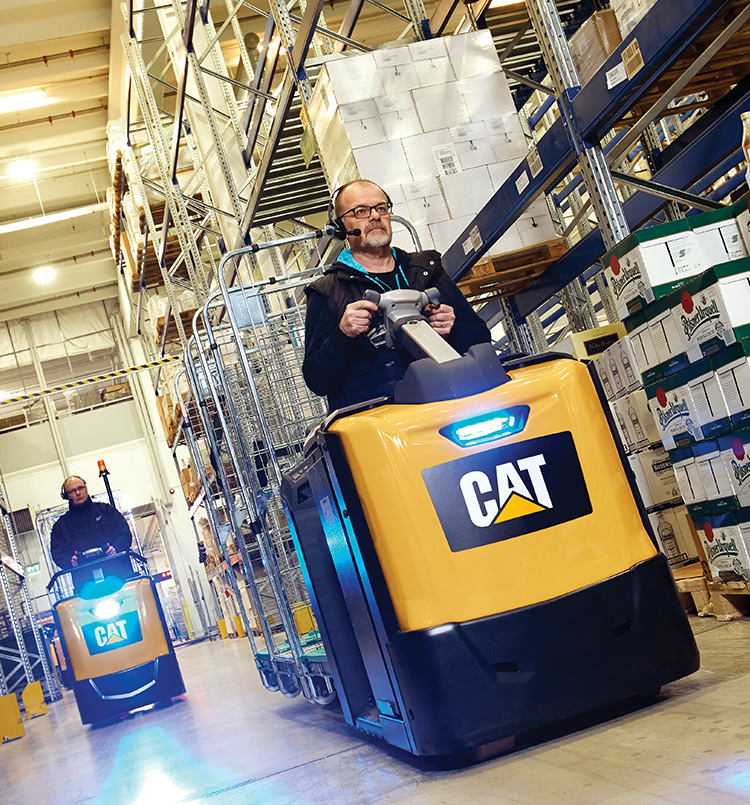
Cat® NO-N2 low level order pickers: speeding up movement between picks.
Reduced lifetime costs
When shopping for any item of warehouse equipment, buyers should consider not just the purchase price but all related lifetime costs. They should also look at the potential for cost savings through increased efficiency in picking and other processes. This applies equally to barcode scanners and warehouse trucks.
Image-based barcode scanners were once substantially more expensive than their laser predecessors, but the gap is closing. Depending on the specification required, you might now find image-based and laser-based systems at similar prices.
In contrast to a laser scanner, an image-based scanner has no moving parts – so it lasts longer and requires less maintenance. Most importantly,
it gives a return on investment every day through its superior read rate. Just work out how much time and labour you will save, even if the reduction in barcode reading failure is as little as 1%.
Similar arguments can be made for the NO-N2 order picker, with its durable construction, trouble-free operation, easy maintenance and market-leading energy efficiency. Again, you should particularly consider its time-saving and labour-saving effects on your warehouse operation, which will improve your bottom line.
Source : https://eurekapub.eu/technology/2018/06/20/time-is-money
